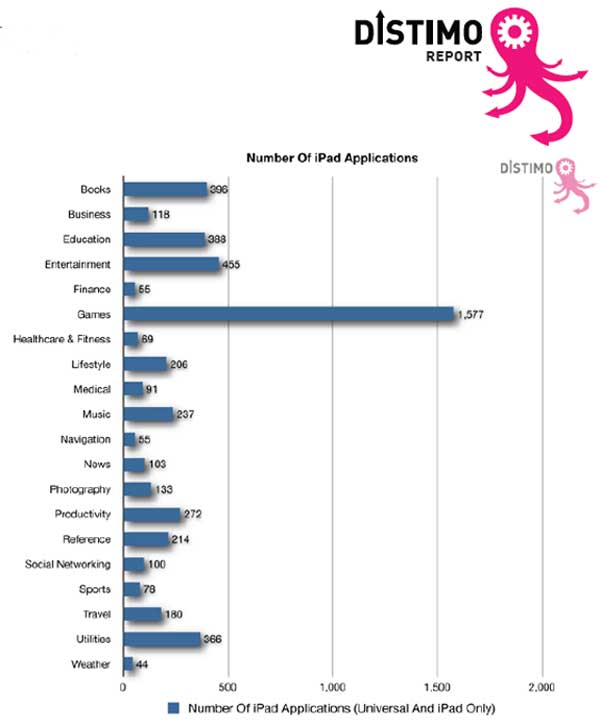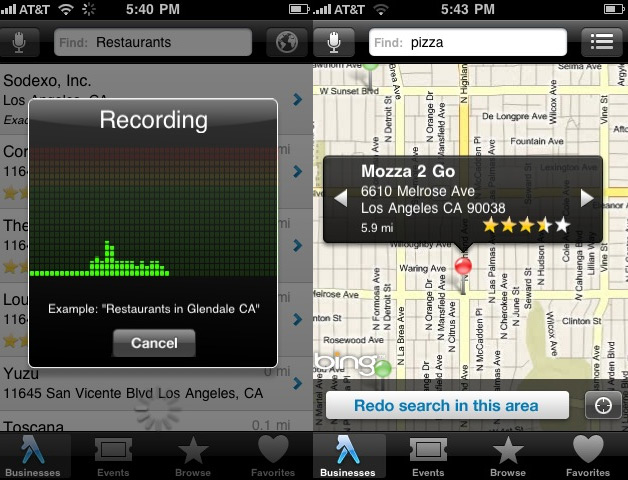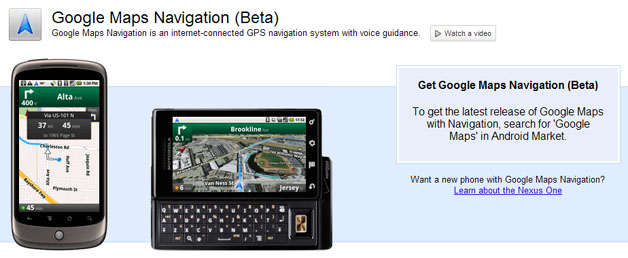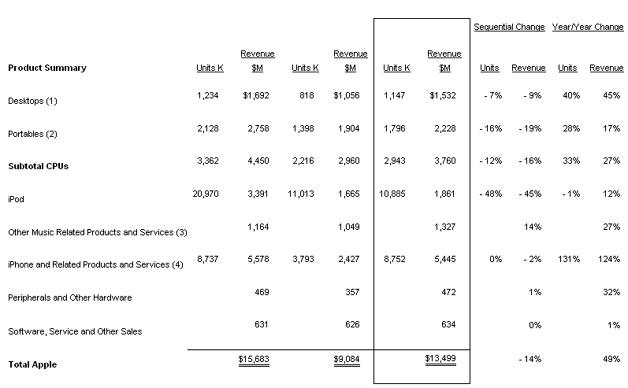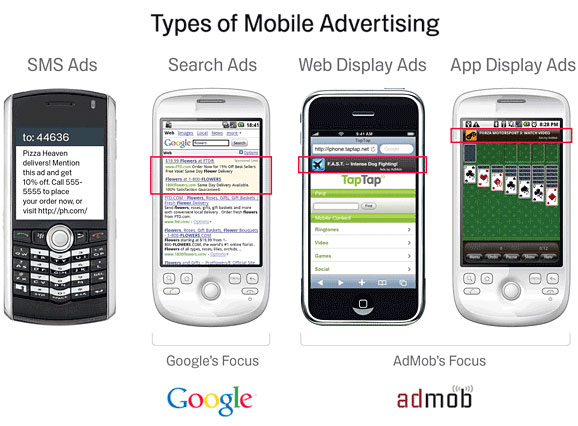AdMob, which Google recently got the green light from the FTC to acquire, has released its monthly Mobile Metrics Report (pdf), this time detailing the global base of Android, compared to that of the iPhone.
During a keynote presentation at Google I/O, in which the company unveiled the latest version of Android, Google announced that Android sees about 100,000 activations a day. Apple claims to have sold 85 million iPhones and iPod Touches in three years.
AdMob finds that Android had its greatest concentration of unique devices in North America (75%) in April, followed by Asia (12%), and Western Europe (11%). Sitting in on an Android press conference last week, I heard the Android team talk about some of the challenges their OS faces, and one that they mentioned was international expansion. For example, one person at the conference expressed some dissatisfaction with the availability of Android devices in Latin America.
In the US there was a 2 to 1 ratio of iPhone OS devices to Android OS devices, worldwide that ratio expanded to 3.5 to 1, according to AdMob. In the company’s network there were 8.7 million unique Android OS devices and 10.7 million unique iPhones in the United States in April, but with non-phone devices running the iPhone OS (iPod touch and iPad), the number of unique devices jumps to 18.3 million in the US. Worldwide there were 11.6 million unique Android OS devices, 27.4 million unique iPhones and 40.8 million unique iPhone OS devices.
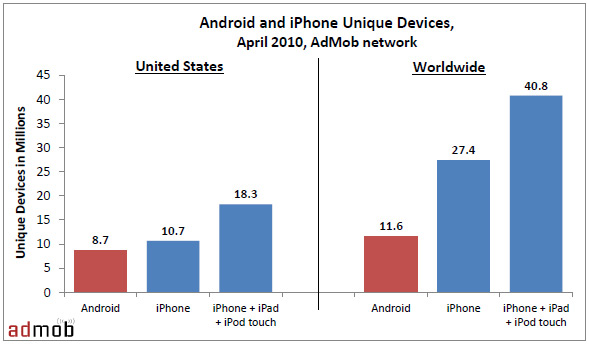
Some other key findings from the AdMob report:
– The top five countries with the most unique iPhone OS devices were the United States (44 percent), United Kingdom (nine percent), France (six percent), Canada (five percent), and Japan (four percent).
– Over the past 12 months, unique iPhone OS device growth was strongest in Asia (474 percent), followed by Oceania (367 percent) and Western Europe (269 percent).
– The top five countries with the most unique Android OS devices were the United States (75 percent), China (eight percent), United Kingdom (three percent), France (two percent), and Germany (two percent).
– There were more Android devices than iPhones in China in April 2010 in the AdMob network. The top three Android devices in China were the HTC Hero, HTC Magic, and HTC Dream.
The iPhone OS vs. Android OS outlook may be put into greater perspective in another year. Android-based tablets are expected to be on the way, and Google TV, which integrates with Android could play a significant factor in itself. Not to mention that Andy Rubin is talking about how the next six months of Android are going to be "mind blowing."


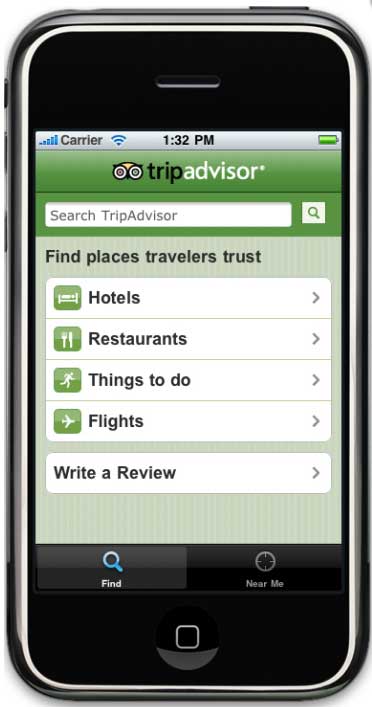
 MySpace’s timing is excellent. Earlier today, a
MySpace’s timing is excellent. Earlier today, a 

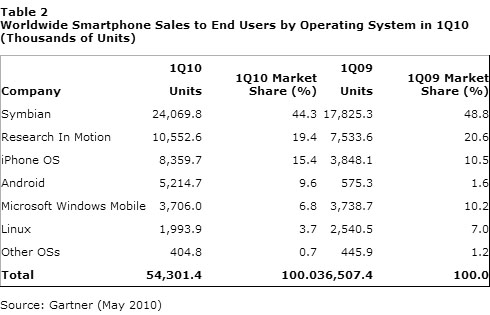
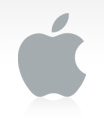
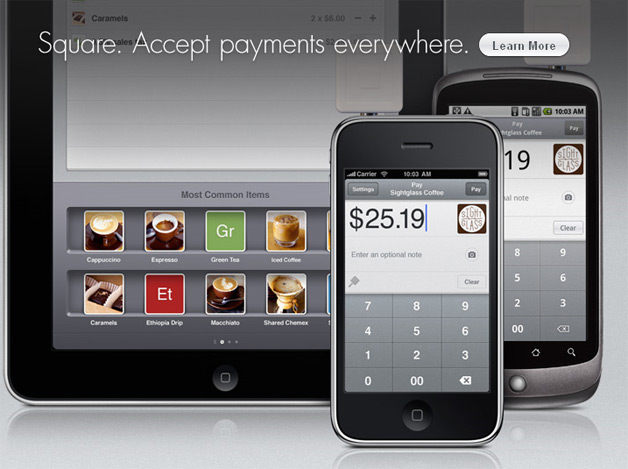
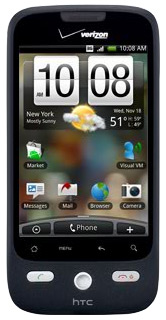
 "It’s not surprising that Apple users are ahead of others when it comes to downloading Web-based content, given the breadth of the company’s app catalog and the head start iTunes had selling music for the iPod," said Russ Crupnick, entertainment industry analyst for
"It’s not surprising that Apple users are ahead of others when it comes to downloading Web-based content, given the breadth of the company’s app catalog and the head start iTunes had selling music for the iPod," said Russ Crupnick, entertainment industry analyst for 
